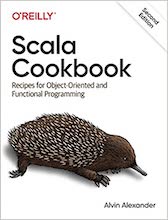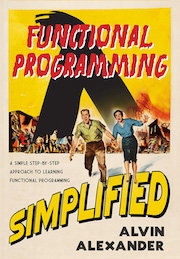|
| ... this post is sponsored by my books ... | |

#1 New Release! |

FP Best Seller |
Copyright 1998-2021 Alvin Alexander, alvinalexander.com
All Rights Reserved.
A percentage of advertising revenue from
pages under the /java/jwarehouse
URI on this website is
paid back to open source projects.